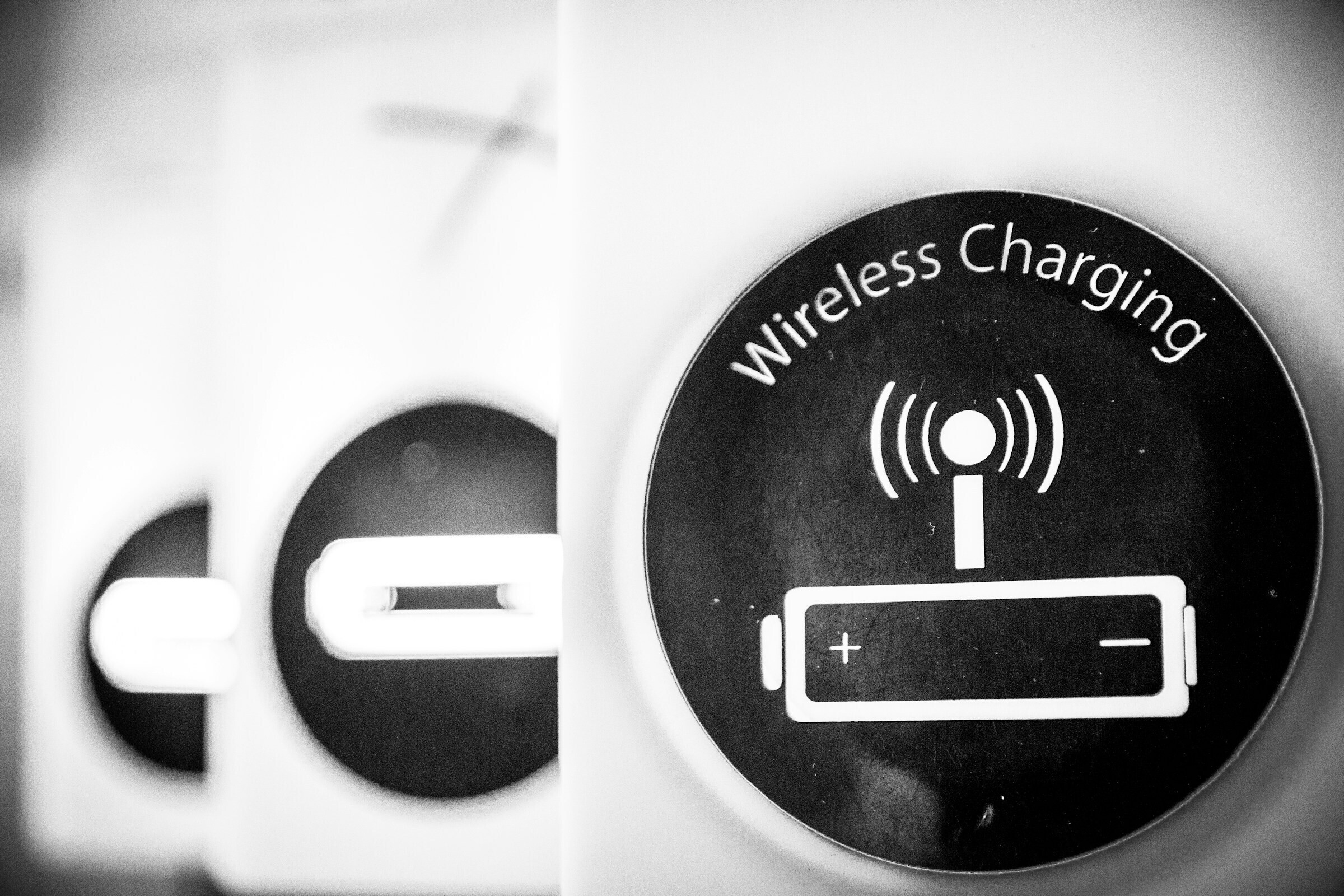Digital diagnosis: Why teaching computers to read medical records could help against COVID-19

Information gained from computer models could prove critical in the fight against coronavirus. Image: REUTERS/Yves Herman
James Teo
Neurologist, Clinical Director of Data and AI and Clinical Senior Lecturer,, King's College London- Natural language processing (NLP) algorithms could find patterns across many thousands of patients’ records, helping to find effective treatments.
- They could also help to predict which patients are more likely to become seriously ill with COVID-19 - and predict upcoming surges of the pandemic.
Medical records are a rich source of health data. When combined, the information they contain can help researchers better understand diseases and treat them more effectively. This includes COVID-19. But to unlock this rich resource, researchers first need to read it.
We may have moved on from the days of handwritten medical notes, but the information recorded in modern electronic health records can be just as hard to access and interpret. It’s an old joke that doctors’ handwriting is illegible, but it turns out their typing isn’t much better.
The sheer volume of information contained in health records is staggering. Every day, healthcare staff in a typical NHS hospital generate so much text it would take a human an age just to scroll through it, let alone read it. Using computers to analyse all this data is an obvious solution, but far from simple. What makes perfect sense to a human can be highly difficult for a computer to understand.
Our team is using a form artificial intelligence to bridge this gap. By teaching computers how to comprehend human doctors’ notes, we’re hoping they’ll uncover insights on how to fight COVID-19 by finding patterns across many thousands of patients’ records.
Why health records are hard going
A significant proportion of a health record is made up of free text, typed in narrative form like an email. This includes the patient’s symptoms, the history of their illness, and notes about pre-existing conditions and medications they’re taking. There may also be relevant information about family members and lifestyle mixed in too. And because this text has been entered by busy doctors, there will also be abbreviations, inaccuracies and typos.
This kind of information is known as unstructured data. For example, a patient’s record might say:
Mrs Smith is a 65-year-old woman with atrial fibrillation and had a CVA in March. She had a past history of a #NOF and OA. Family history of breast cancer. She has been prescribed apixaban. No history of haemorrhage.
This highly compact paragraph contains a large amount of data about Mrs Smith. Another human reading the notes would know what information is important and be able to extract it in seconds, but a computer would find the task extremely difficult.
Teaching machines to read
To solve this problem, we’re using something called natural language processing (NLP). Based on machine learning and AI technology, NLP algorithms translate the language used in free text into a standardised, structured set of medical terms that can be analysed by a computer.
These algorithms are extremely complex. They need to understand context, long strings of words and medical concepts, distinguish current events from historic ones, identify family relationships and more. We teach them to do this by feeding them existing written information so they can learn the structure and meaning of language – in this case, publicly available English text from the internet – and then use real medical records for further improvement and testing.
Using NLP algorithms to analyse and extract data from health records has huge potential to change healthcare. Much of what’s captured in narrative text in a patient’s notes is normally never seen again. This could be important information such as the early warning signs of serious diseases like cancer or stroke. Being able to automatically analyse and flag important issues could help deliver better care and avoid delays in diagnosis and treatment.
Finding ways to fight COVID-19
By drawing together health records using these tools, we’re now using these techniques to see patterns that are relevant to the pandemic. For example, we recently used our tools to discover whether drugs commonly prescribed to treat high blood pressure, diabetes and other conditions – known as angiotensin-converting enzyme inhibitors (ACEIs) and angiotensin receptor blockers (ARBs) – increase the chances of becoming severely ill with COVID-19.
The virus that causes COVID-19 infects cells by binding to a molecule on the cell surface called ACE2. Both ACEIs and ARBs are thought to increase the amount of ACE2 on the surface of cells, leading to concerns that these drugs could be putting people at increased risk from the virus.
However, the information needed to answer this question – how many severely ill COVID-19 patients are being prescribed these drugs – can be recorded both as structured prescriptions and in free text in their medical records. That free text needs to be in a computer-searchable format for a machine to answer the question.
Using our NLP tools, we were able to analyse the anonymised records of 1,200 COVID-19 patients, comparing clinical outcomes with whether or not patients were taking these drugs. Reassuringly, we found that people prescribed ACEIs or ARBs were no more likely to be severely ill than those not taking the drugs.
We’re now expanding how we use these tools to find out more about who is most at risk from COVID-19. For instance, we’ve used them to investigate the links between ethnicity, pre-existing health conditions and COVID-19. This has revealed several striking things: that being black or of mixed ethnicity makes you more likely to be admitted to hospital with the disease, and that Asian patients, when in hospital, are at greater risk of being admitted to intensive care or dying from COVID-19.
We’ve also used these tools to evaluate the early warning scores that predict which patients admitted to hospital are most likely to become severely ill, and to suggest what additional measures could be used to improve these scores. We’re also using the technology to predict upcoming surges of COVID-19 cases, based on patients’ symptoms that doctors have recorded.
Don't miss any update on this topic
Create a free account and access your personalized content collection with our latest publications and analyses.
License and Republishing
World Economic Forum articles may be republished in accordance with the Creative Commons Attribution-NonCommercial-NoDerivatives 4.0 International Public License, and in accordance with our Terms of Use.
The views expressed in this article are those of the author alone and not the World Economic Forum.
Stay up to date:
COVID-19
Related topics:
Forum Stories newsletter
Bringing you weekly curated insights and analysis on the global issues that matter.
More on Emerging TechnologiesSee all
Wesley Spindler, Laura Fisher and Luna Atamian Hahn-Petersen
November 18, 2025






